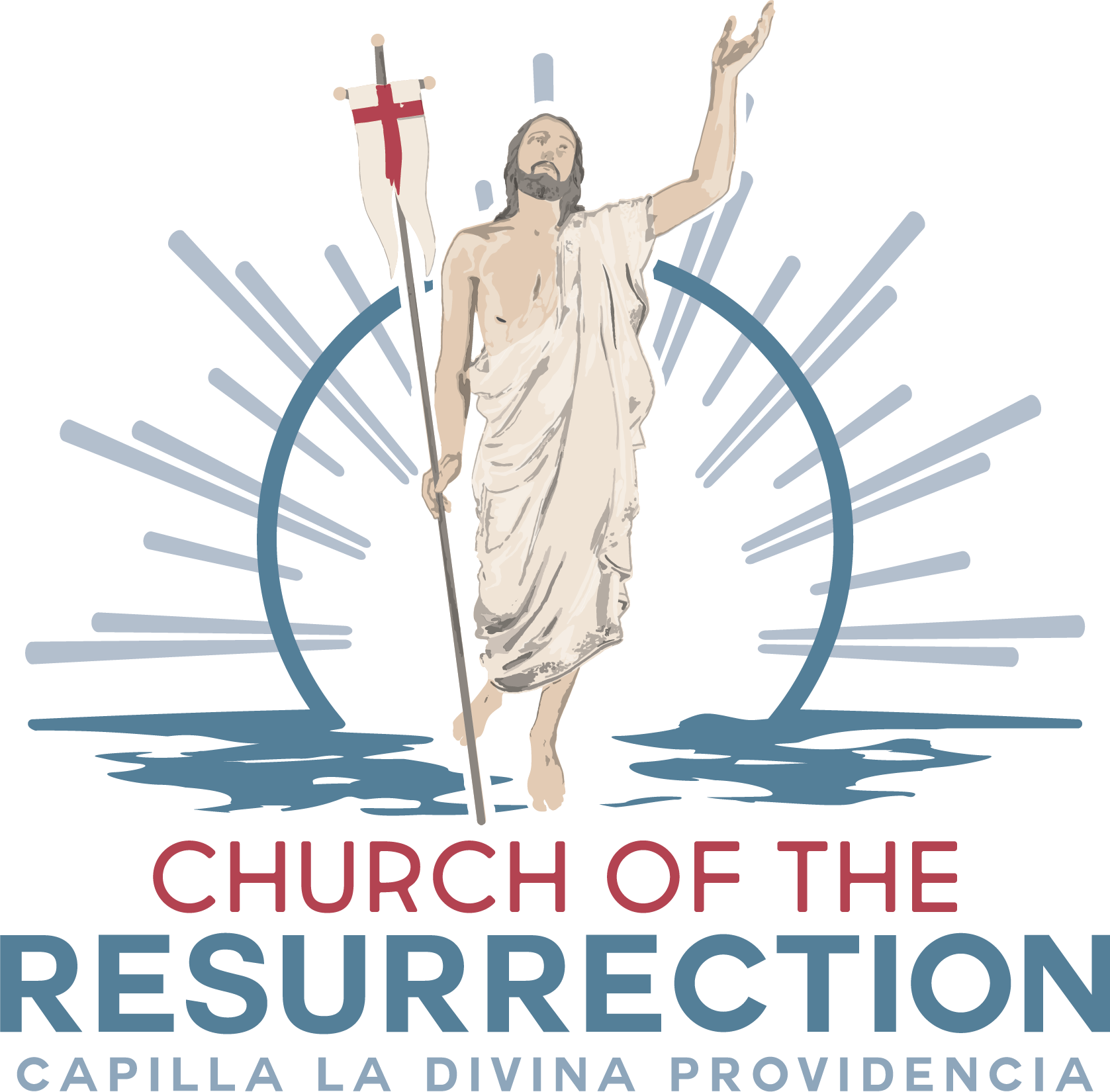Week 8 Confirmation
The Holy Spirit & The Sacraments
As humans, our lives are very ritualized. We have different routines and rituals to start our day in our families, as a part of our sports teams or clubs, and with our friends. An example of a ritual in our every day lives is our morning routine. We wake up in the morning, brush our teeth (hopefully), get dressed, have breakfast, and go to school. Another example of a ritual in our lives are holidays. Every Christmas my family celebrates by having a huge family meal, going to mass, and opening presents. All rituals have beginnings. At some point, someone started it. And when a ritual seems pointless or get old, we leave it behind. To last, it must have a significance that transcends time.
Our Church is full of rituals, and these rituals surround the seven Sacraments. A Sacrament is an outward sign of God’s grace that was instituted by Christ and entrusted to the Church.
Let’s break down each part of that definition
-
- Outward Sign - A sign is something that represents something else. For example, a red stop sign represents the law that cars must come to stop right there. Our outward human actions during the Sacraments represent the deeper work that the Holy Spirit is doing inside of us in that moment. For example, the pouring of water over the candidate’s head in Baptism points represents the Holy Spirit cleansing our souls of sin. In Confirmation, the chrism the Bishop will put on your forehead represents the anointing of the Holy Spirit.
- Grace- Grace is God’s very own life and love. God desires to give us his life. We don’t deserve it, but God gives it to us out of love. Grace helps us become who we are created to be. The Sacraments are one of the ways that God has chosen to give us his grace and ultimately our salvation.
- Instituted By Christ- Each Sacrament finds its beginning in Jesus. He established each one during his time on earth. Many of our Sacraments have similar characteristics of our Jewish brothers and sisters. This makes sense since Jesus grew up in a Jewish family. However, as the Son of God, He has the power and authority to use natural resources (ordinary matter) to create supernatural effects (grace).
- Entrusted to the Church- When He ascended into heaven, Jesus entrusted his plan of salvation to his Apostles, the leaders of the Church. Today, that responsibility has been passed down through the Bishops. The Church is the one who administers the Sacraments and She also protects them to make sure they are not misused or even abused.
There are seven Sacraments in the life of the Church: Baptism, Confirmation, Eucharist, Reconciliation, Anointing of the Sick, Marriage, and Holy Orders
These Sacraments are divided into three different categories
1. Sacraments of Initiation- Includes Baptism, Confirmation, and Eucharist. These three Sacraments initiate us into the life of the Church and make us full members of Christ’s body.
2. Sacraments of Healing- Includes Reconciliation and Anointing of the Sick. These two Sacraments and focused on the healing and restoration of our body and soul.
3. Sacraments of Service- Includes Marriage and Holy Orders. These two Sacraments are about the different vocations that God can call us to. They are called Sacraments of Service because no matter what our vocation is, we are called to serve the Body of Christ through it.
This lesson is a brief overview of what the Sacraments of the Catholic Church are. This is meant ot be a guide for the future when we go through each sacrament.



